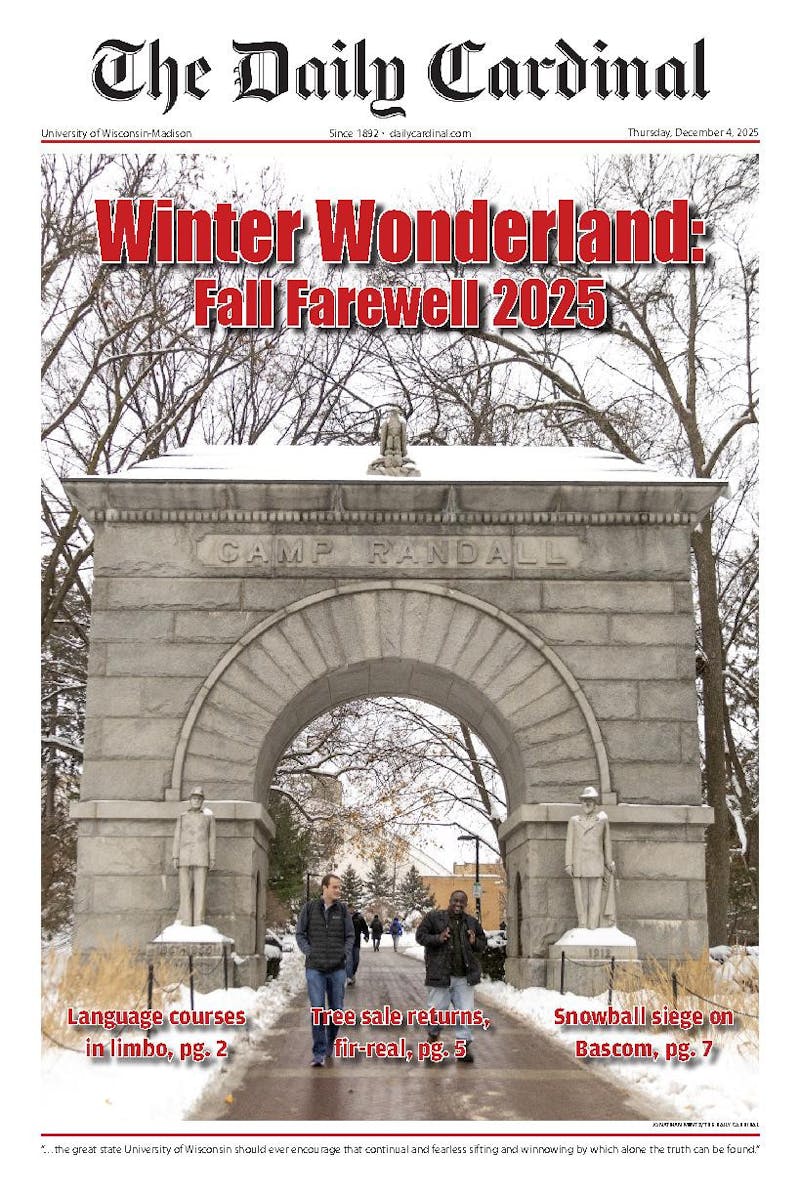According to a recent report, federal tax credits designed to reimburse tuition payments give greatest benefit to middle-income families rather than the targeted low-income families.
Depending on the amount of taxes one owes, families are eligible to receive reimbursement for tuition payments.
\The key is that you really want to get your low-income people the highest level of access possible. Tax credits don't seem to be doing that,"" UW System United Council President Jeff Pertl said.
The report, published by Bridget Terry Long, assistant professor of economics at Harvard Graduate School of Education, asserts that families of low income households-those which make less than $10,000-are less likely to take advantage of the tax credit and receive the least financial help from the program.
According to the report findings, this poses a problem for low-income families who pay little or no taxes and who are unaware of the tax credits and the complicated process of obtaining them. Long reports that ""the people who need the aid the most are not eligible for it.""
""Apparently, it's very complicated for parents to get a tax credit for their kid's college cost. Since low income people don't pay taxes, they can't get a tax credit,"" UW-Madison Professor of Economics W. Lee Hansen said.
In addition, tax credits are not automatically deducted from tuition payments. Rather, families are reimbursed at a later date.
""The credit comes some months-or maybe a year-after the money was paid, so it's a delayed credit,"" Hansen said.
The tax credits prompted several state institutions, including public schools in Arkansas, California and Minnesota to increase tuition, citing the credits would increase the amount of financial aid students could receive and in turn make tuition more affordable, Long said.
According to Hansen, the continual concern to target benefits exclusively toward low-income families is always followed by stressed need for middle-income families.
""Whenever you have a targeted program, then there's pressure by middle-income people to broaden the eligibility so more of them will be eligible for the program. So you end up giving a lot of the benefits to the middle class rather than the lower income people who presumably need it the most,"" Hansen said.
Experts encourage low-income students to take advantage of financial aid opportunities through the financial aid office, including federally funded Pell Grants and loans.
""These need-based scholarships target low-income students,"" Pertl said.





